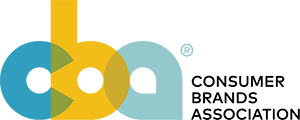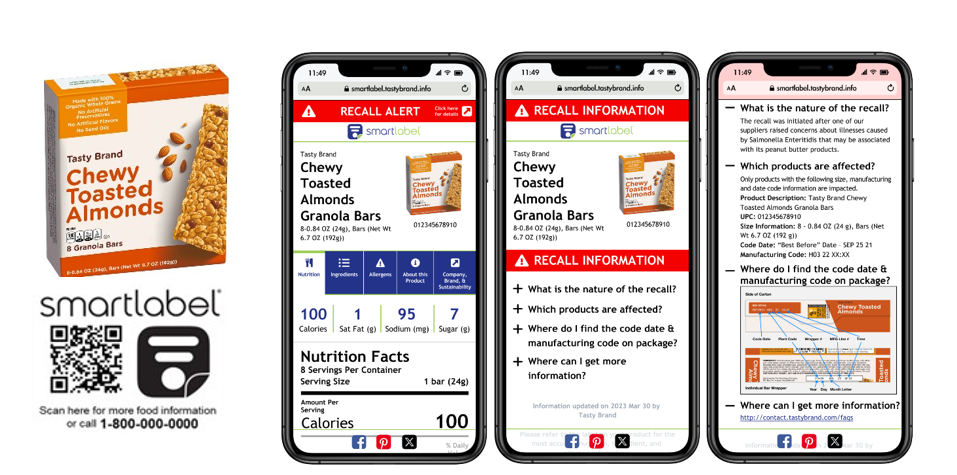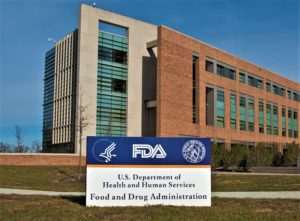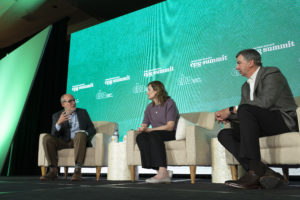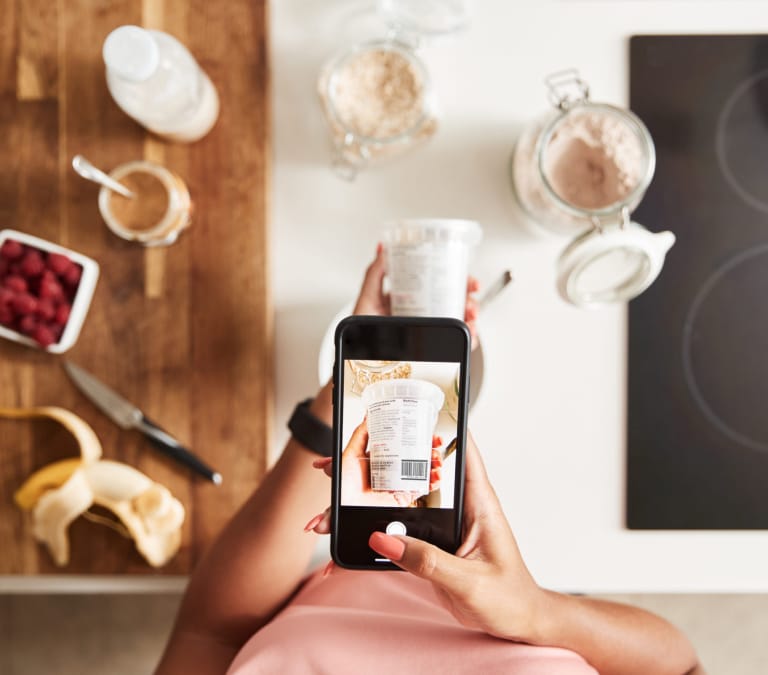
Blog
Modernizing Recall Communications: Reaching Consumers Where They Are
Safety is the consumer packaged good industry’s top priority, full stop. The industry’s main objective has been, is and will continue to be ensuring access to safe food, beverage, household and personal care products for consumers every day.
If there’s ever a doubt, brands will quickly mobilize to recall a product. But what’s the most efficient and time-sensitive way to notify consumers — and how can the current recall process be improved upon?
Fortunately, there is already significant progress being made around consumer communication, specifically leveraging digital tools like SmartLabel.
The biggest problem with recall alerts is the gap in how they are communicated to consumers. The lack of a standardized approach can impact how, if at all, consumers can access that information.
And in a situation as serious like a recall, where timely action is key to keeping consumers safe, this is a critical space to fill.
SmartLabel is the turnkey solution that can put a recall alert right in the hands of consumers with their smartphones.
A Call for Coordination
At its core, this patchwork of recall alert tactics is a coordination challenge. Without a shared standard or best practice for how to notify consumers, brands are left to make decisions in a vacuum — sometimes under intense pressure and without clear guidance.
What we need is a consistent framework that supports real-time consumer communication across channels. This includes aligning on:
- The core elements of a consumer-facing recall message;
- Standard formats that are easy to understand and act on; and
- Technology solutions that make dissemination fast and repeatable.
Establishing that foundation will help every brand communicate clearly and effectively in a way that actually keeps consumers safe. Consumer Notification Tools Remain Underused but Hold Potential
Digital tools like SmartLabel and 2D labels present a tremendous opportunity to make consumer communication more consistent, accessible and actionable. Through SmartLabel, brands can share detailed product information — including recall notices — via a QR code on a product label.
More than 100,000 products already use SmartLabel, and the infrastructure is in place to expand its role in recall communication. By meeting consumers where they are — on their phones, in stores, or online — SmartLabel can help ensure they receive accurate information, quickly and clearly. But though that number is growing, it still represents only a fraction of products in the marketplace.
Retailer loyalty programs are another powerful but sometimes underutilized tool in consumer recall communication. Purchase history, paired with contact data, enables brands and retailers to directly notify individuals who bought a recalled item. That’s a significant upgrade from general alerts or shelf signage, and one that could significantly reduce public health risk.
Why This Work Matters
There has to be an urgency around reconciling the gaps in how recall alerts are communicated to consumers, and that need is why I’ve made consumer communication during recalls a focus of my work. It’s one of the most important and solvable problems facing our food system today and it doesn’t require new technology or massive infrastructure changes to fix. It requires standards, alignment and willingness to act.
The best part about this is that it actually works in the real world. Recently, a brand underwent a recall for Salmonella. The food safety, legal, regulatory and supply chain teams got together and activated the recall alert banner in SmartLabel. In a matter of minutes, the alert was live on the SmartLabel page and within a couple days, hundreds of thousands of consumers had scanned the SmartLabel QR code to learn about the recall.
This is a massive leap forward and shows how innovators will lead the way for others.
If you’re a brand, build this into your crisis communication plan. Build it into your ongoing communications plans. Make it as automatic as pulling product from the shelf. If you’re a retailer, put your loyalty data to work — not just for promotions, but for protection. If you’re a regulator, continue pushing for alignment, transparency and modern tools. And if you’re part of this industry in any capacity, ask the question: if a product needs to come off the shelf, how will the person who bought it find out?
A standardized method for recalls can go a long way in helping consumers stay informed and safe, and SmartLabel offers a one-stop solution to keep access in consumers’ hands.
Published on September 30, 2025
